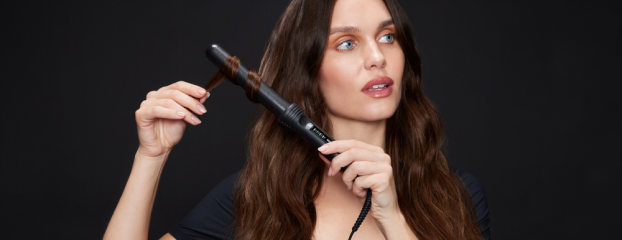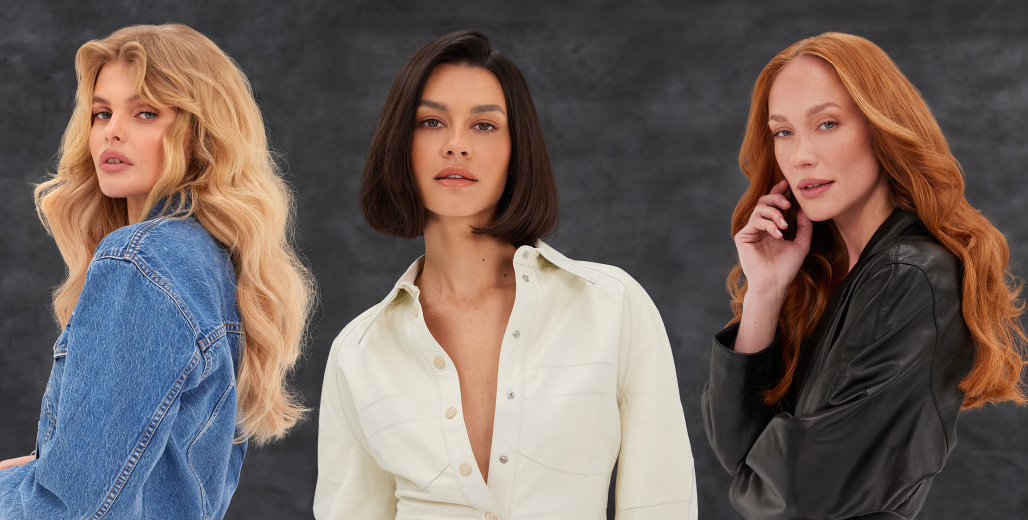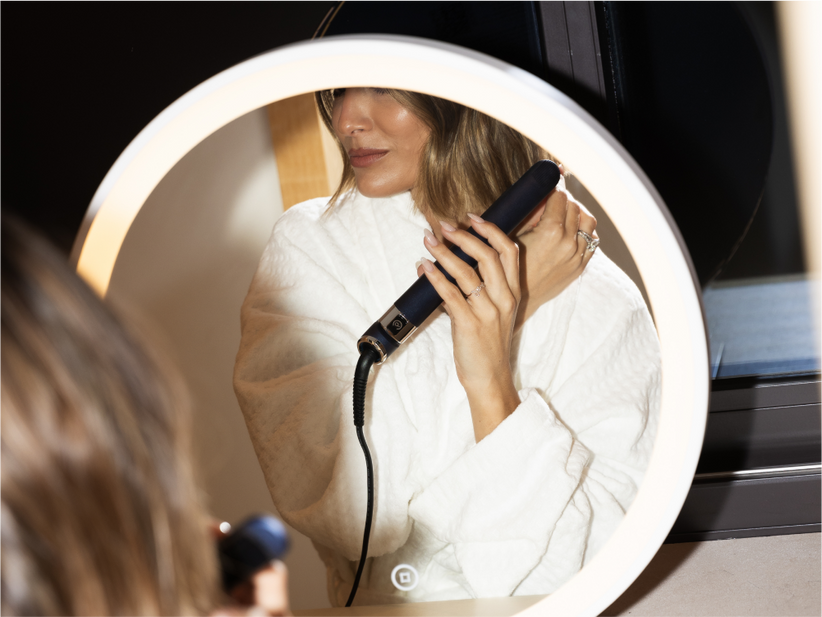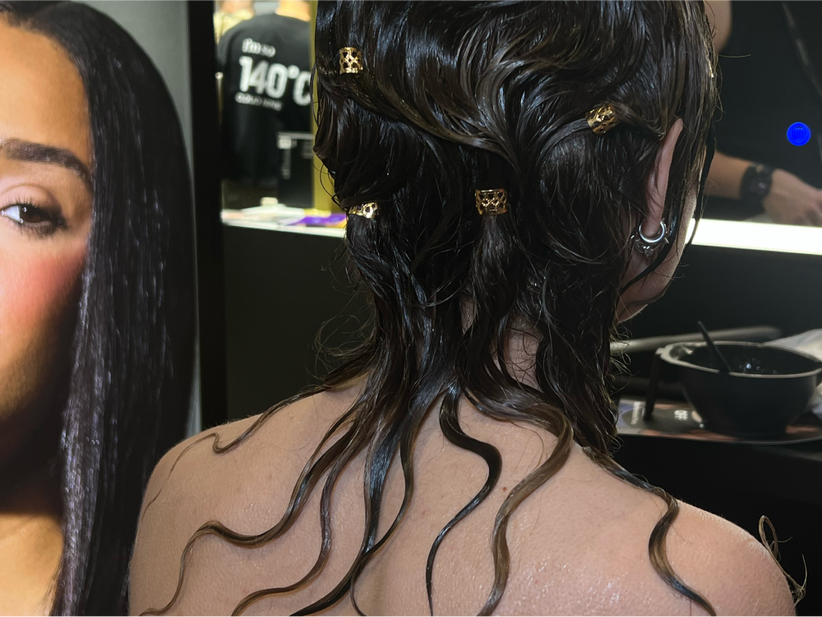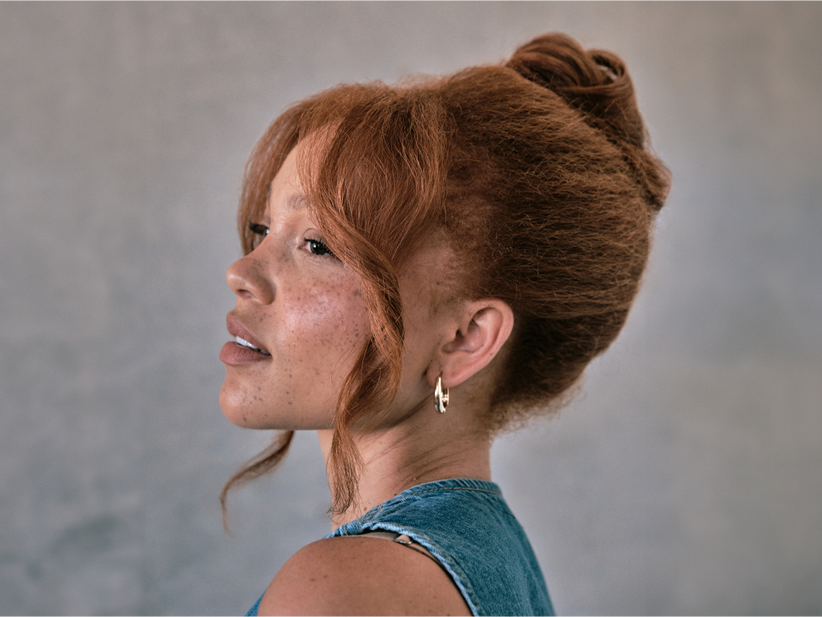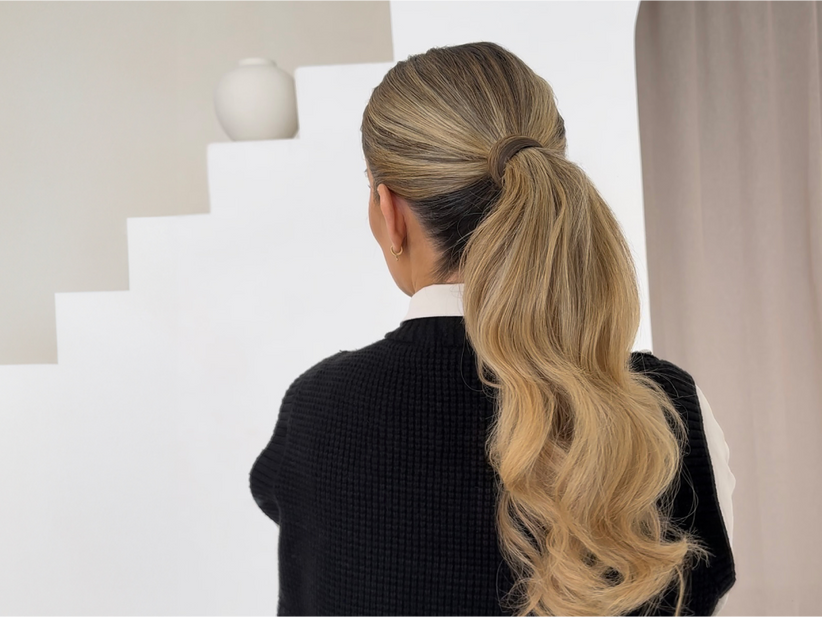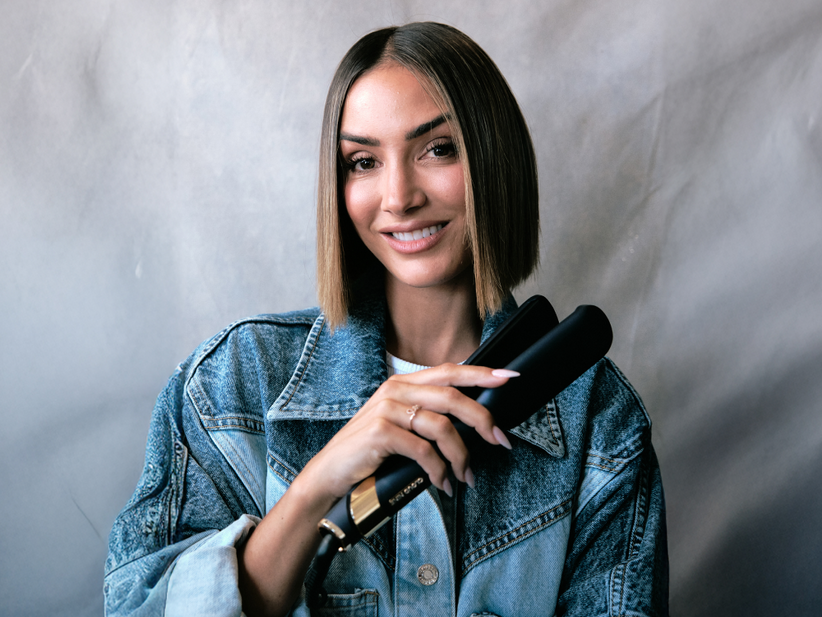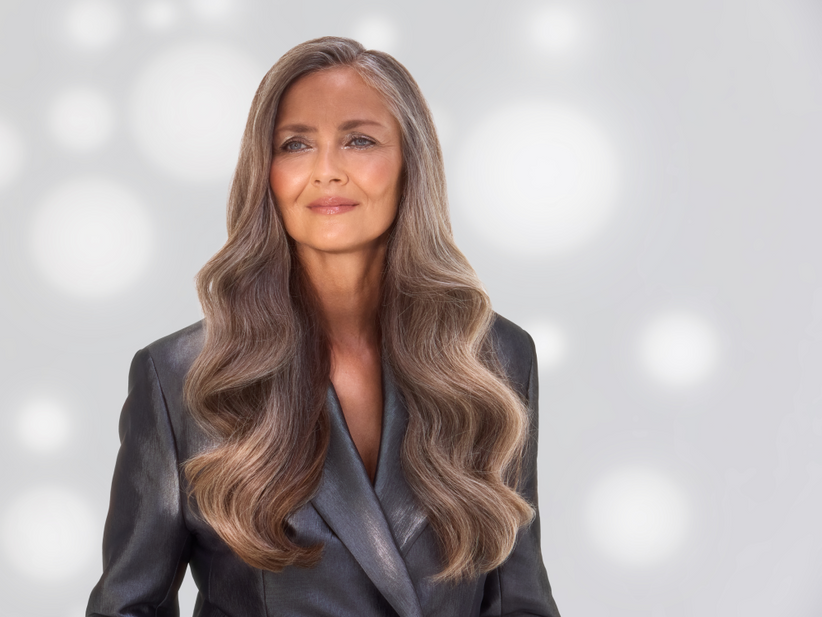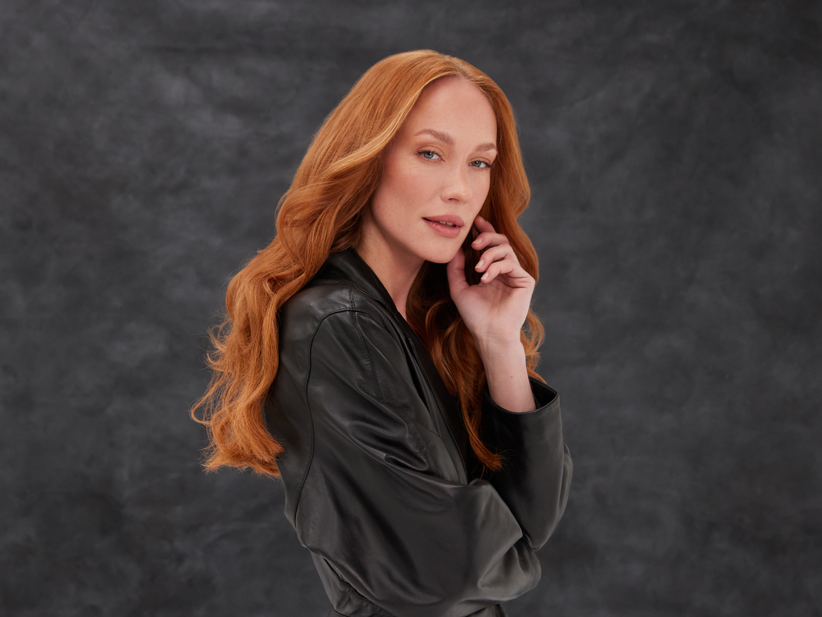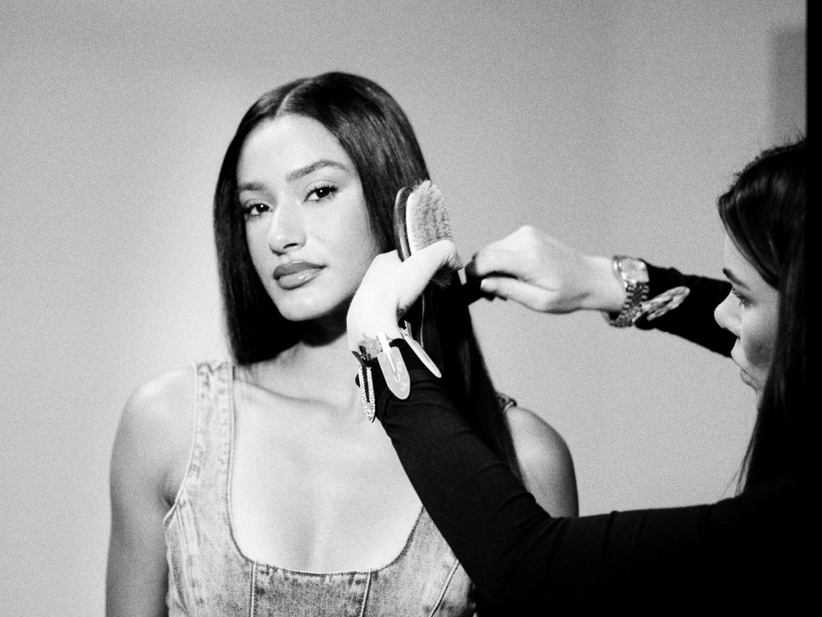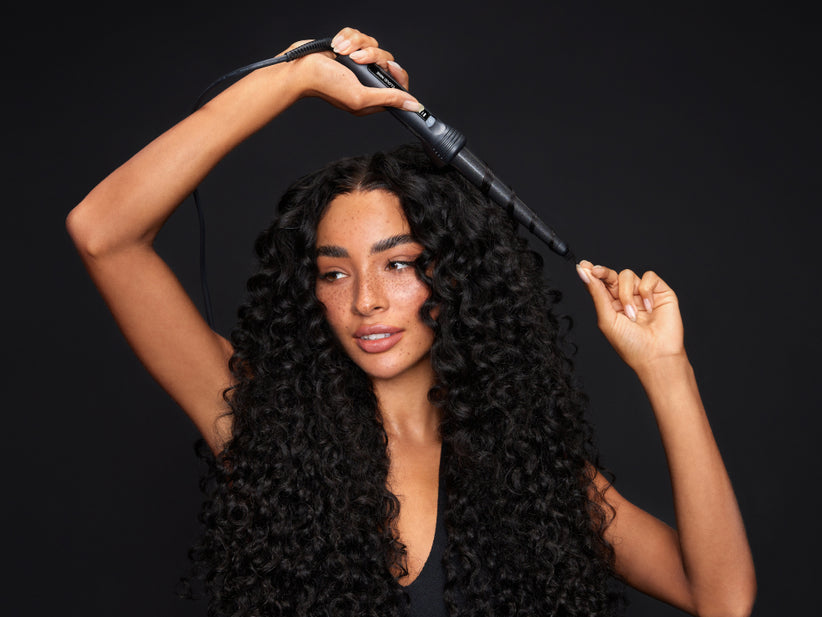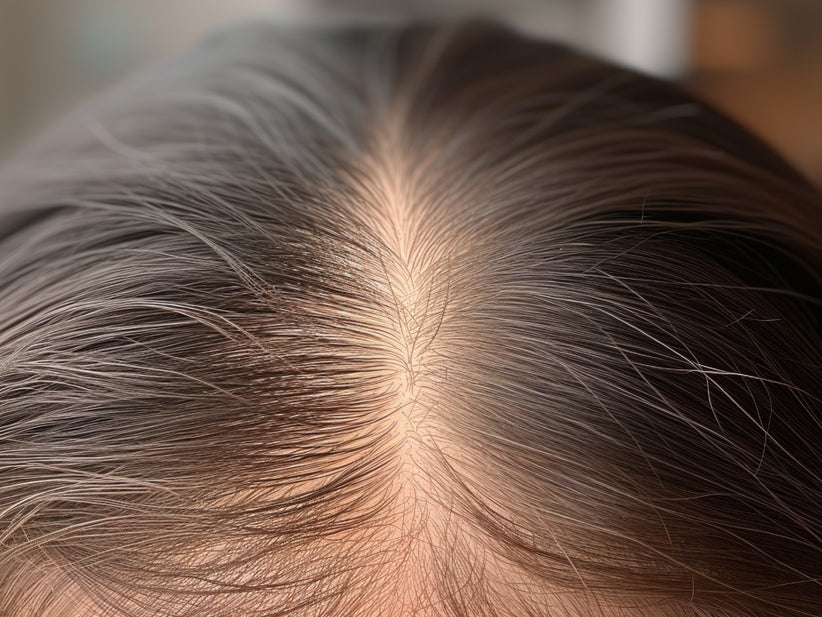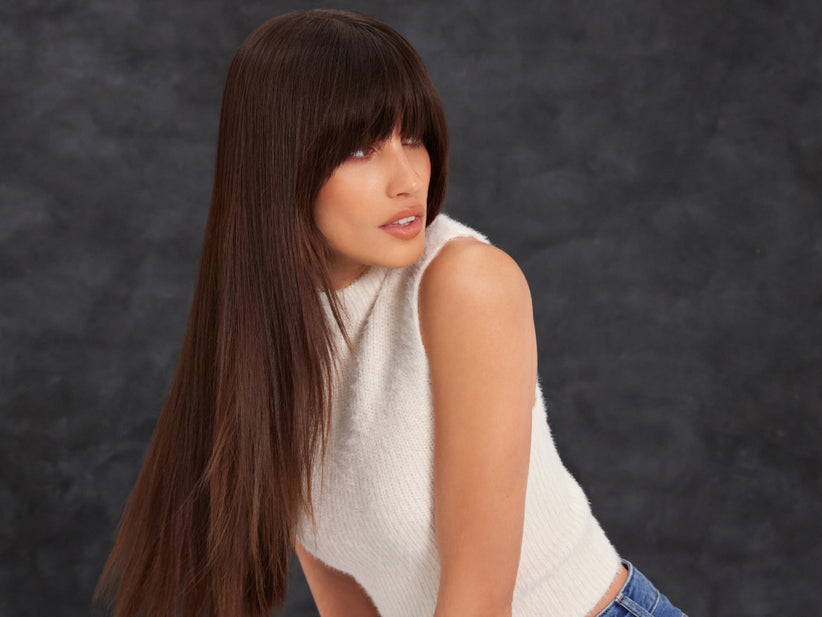Key Takeaways:
- Identifying your hair type involves understanding key terms like cuticle, follicle, texture, porosity, density, and curl pattern. Each term refers to how your hair looks, feels, and behaves.
- There are four main hair types – type 1 (straight), type 2 (wavy), type 3 (curly), and type 4 (coily).
- Work out your hair type by washing and air-drying your hair without products, then compare it to a hair type chart.
- Understand your hair's texture by doing a simple finger and thumb test by feeling for fine, medium, or coarse strands.
- Figure out your hair density (the number of strands per square inch) by looking at your scalp visibility or measuring your ponytail circumference.
Whether you have sleek straight strands, bouncy curls, or something in between, your hair type is an essential part of what makes you you. But understanding your hair type isn't always as simple as it sounds. With a multitude of textures, thicknesses, and patterns, and a mixture of letters and numbers, it can be challenging to work out where your hair fits in. That’s where our ultimate guide to hair types can help you to understand your hair type so you can get the most out of your hair.
SIX KEY HAIR TERMS
When it comes to understanding your hair type, it helps to understand the lingo. Here’s the heads-up on six key terms:
- Cuticle: The outer hair layer. High porosity hair absorbs moisture and low porosity resists, leading to drier hair.
- Follicle: These tiny tube-like structures on your scalp shape the texture of your hair strands – oval for straight hair, round for curly.
- Texture: It refers to the diameter of hair strands, which can be fine, medium, or coarse.
- Porosity: This is how well hair absorbs and retains moisture – high, medium, or low.
- Density: It's the number of hair strands on the scalp – low, medium, or high.
- Curl pattern: It determines the natural shape of hair, ranging from straight to coily.
HOW DO I WORK OUT MY HAIR TYPE?
Knowing your hair type is key for proper care and styling, and it can be easy to work it out once you know the different types, but it's not always clear cut. Your hair can shift between various types over time, and you might even have multiple types simultaneously.
To figure out your hair type, we suggest washing and drying your hair as usual, then allowing it to air dry without any products. Perhaps choose a quiet time when you’re not rushing out of the house or seeing people. Once dry, look at your hair in the mirror and compare it to a hair type chart. The type it closely resembles is likely your hair type, though it may not be a perfect match, as the classification system is a general guideline and doesn't consider changes from chemical or heat treatments.
Basically, there are four main groups: straight (1), wavy (2), curly (3), and coily/kinky (4). Each group has three sub-categories using letters: A (wide), B (medium), and C (tightest).
This guide will help you to work out the best way to care for and style your hair – whatever your hair type.
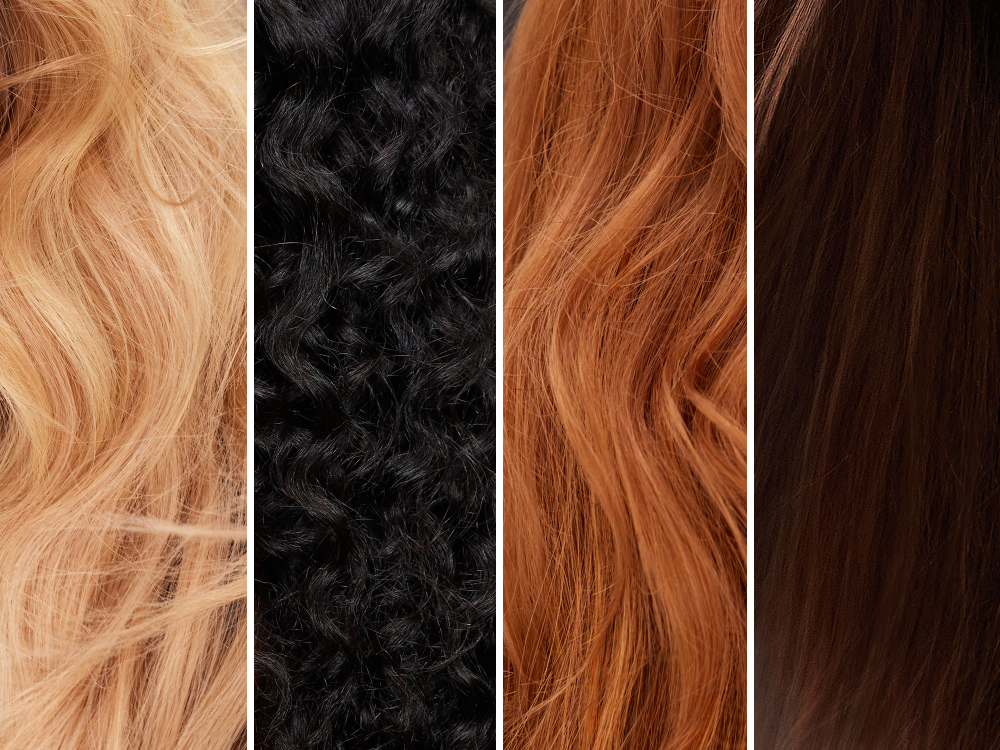
HOW DO I WORK OUT MY HAIR’S TEXTURE?
Working out the thickness of your hair is easy with a simple finger and thumb test. Gently hold one to three strands of hair between your forefinger and thumb, then run them through. You'll feel whether the strands are fine, medium, or coarse. This test works for all hair types, whether it’s natural, coloured, or bleached. Keep in mind, though, that many factors can alter hair texture.
HOW DO I WORK OUT THE THICKNESS OR DENSITY OF MY HAIR?
Hair density refers to the number of strands growing from each square inch of your scalp. To determine your hair density, try this simple method – use a comb to part your hair in various spots and observe how closely packed your hair follicles are. Can you easily see your scalp? If so, your hair is likely to be low or medium density. If you can’t easily see your scalp, it’s probably high density.
Also, for those with longer hair, the ponytail test can be effective. Simply measure the circumference of your ponytail to gauge density – 1-2 inches indicates low density, 2-3 inches signals medium density, and 4 inches or more suggests high density.
Learn more about healthy scalp care rituals.
WHAT TYPE OF STRAIGHT HAIR DO I HAVE?
Type 1 hair is known for its straight and fine nature. Let's break it down further:
- 1a – Hair in this category is extremely fine and straight, making it the most sleek and flat of all hair types. Styling can be a challenge due to its tendency to lay flat.
- 1b – Still fine, but with a slight bend, type 1b hair holds a curl a bit better than 1b. It has a slightly thicker diameter compared to 1b.
- 1c – With a bit more movement and bend, type 1c hair starts to react to humidity. While it can expand slightly in shape, it rarely frizzes and maintains its sleek appearance.
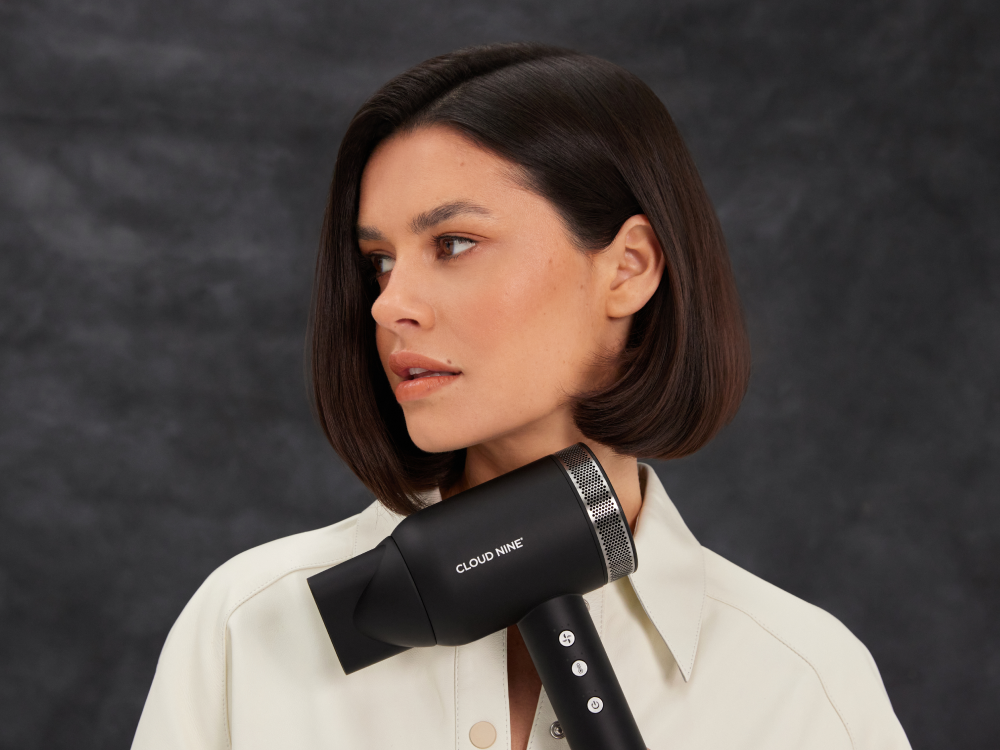
Haircare and styling tips for type 1 hair
Here are our top tips to help keep your type 1a, 1b, and 1c hair looking its best:
- Limit shampooing to 2-3 times a week at most to maintain the natural oils of your hair.
- Avoid oil-based shampoos and conditioners to prevent weighing down fine hair strands.
- When brushing, start from the ends of your hair and work your way up to the scalp using a gentle bristle brush to avoid breakage. Try our Luxury Dressing Brush for healthy, strong, shiny hair.
- Opt for lightweight hair products made with natural ingredients to avoid build-up and maintain volume.
- Invest in a silk pillowcase like the CLOUD NINE silk pillowcase to minimise friction and reduce frizz while you sleep.
Use our Temperature Calculator to work out the optimal heat setting for your hair type so you always know which temperature to use when using heat styling tools.
WHAT TYPE OF WAVY HAIR DO I HAVE?
Type 2 is usually defined as wavy hair, with type 2c waves moving towards the curly side. Here’s our guide to type 2 waves:
- 2a – Often described as tousled, this hair type has minimal volume at the roots and shows the beginnings of a gentle s-shaped wave. Type 2a hair typically struggles to maintain its natural curl without proper product layering.
- 2b – With a bit more volume at the roots and a firmer s-shaped wave, type 2b hair also carries that tousled look. Like type 2a, type 2b waves require careful product layering to help hold its natural curl.
- 2c – Type 2c hair boasts some volume at the roots and a firmer s-shaped wave. Similarly tousled in appearance, this hair type may hold its curl/wave slightly better when air-dried, though still benefits from product layering for optimal definition.
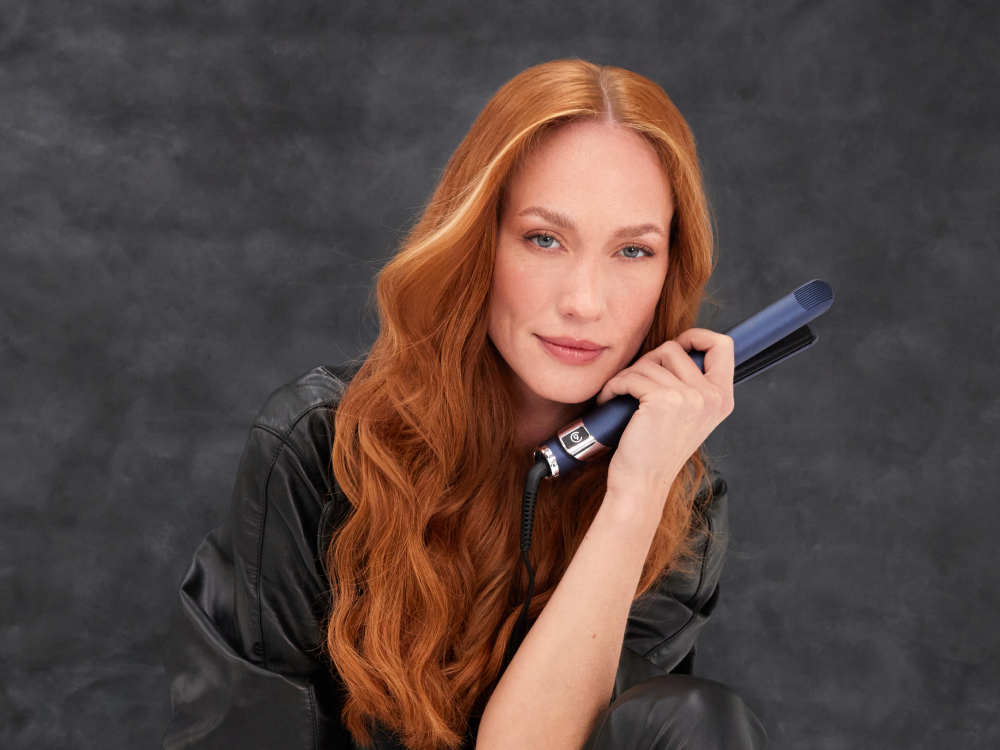
Hair care and styling tips for type 2 hair
These tips will help optimise the condition of your type 2a, 2b, and 2c hair:
- Choose a gentle shampoo to prevent greasy roots and use dry shampoo sparingly to refresh between washes.
- Avoid overloading your hair with heavy products – less is more to prevent weighing down your waves.
- Apply a lightweight leave-in conditioner to the mid-lengths and ends of your hair to keep them moisturised without weighing them down.
- Incorporate a lightweight detangling spray into your routine to help manage knots and tangles. Steer clear of products that are heavy in moisture and oil, as they can weigh down your waves.
- Try our silk scrunchies and pillowcases to minimise friction and reduce frizz while you sleep.
Instead of air drying, opt to blow dry your hair using a hair dryer with Variable Temperature Control to help smooth the cuticle and prevent tangling. The CLOUD NINE Airshot Pro is the perfect tool for a sleek blow dry, as it comes with a specially designed nozzle for a sleek blow dry.
WHAT TYPE OF CURLY HAIR DO I HAVE?
There’s no doubt about it, type 3 hair is curly. But what type of curly hair do you have? Here’s our breakdown of type 3 curls:
- 3a – Type 3a curly hair features fine to medium curls with little body or volume. These curls can vary in shape from wavy to defined, with a diameter similar to that of a marker pen. Type 3a hair is highly reactive to humidity and can be frizzy without the use of curl-friendly styling products.
- 3b – Made up of a mix of thicker and thinner strands, type 3b hair forms ringlets and s-shaped spiral curls, around the size of your forefinger. While they hold up well to heat styling, type 3b hair is prone to dehydration and frizz, especially in humid conditions.
- 3c – The curliest of the type 3 hair textures, type 3C hair is made up of tight springy curls, even tighter than those of type 3B, resembling pencil-sized ringlets. Type 3c hair is voluminous and highly susceptible to humidity, forming tight coils that are prone to frizz.
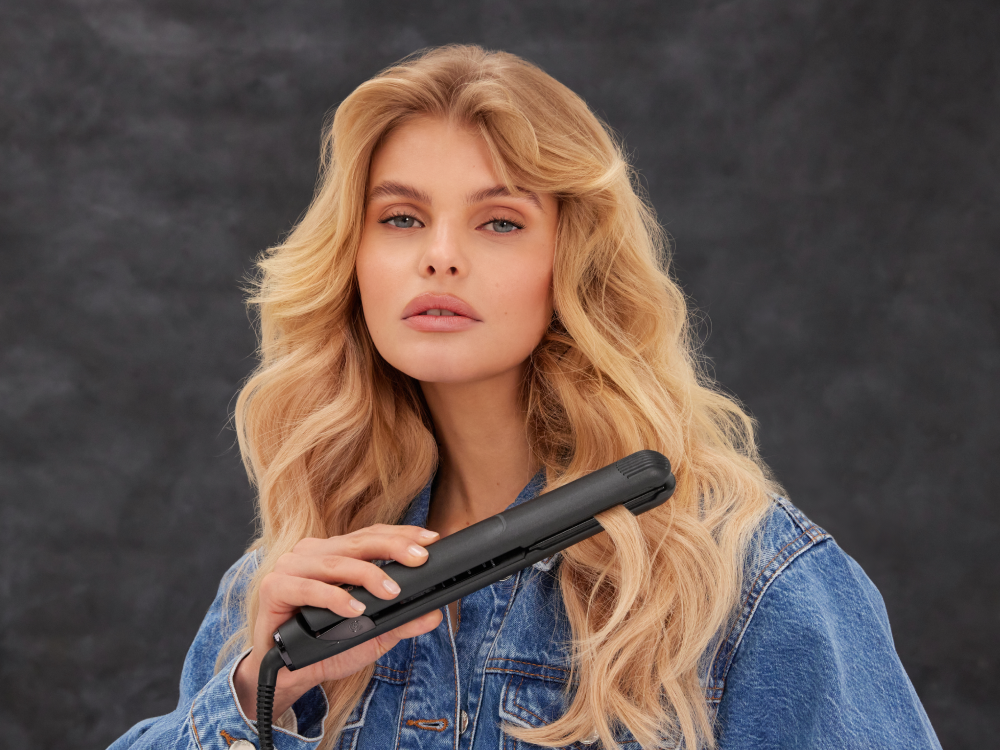
Hair care and styling tips for type 3 hair
Keep your gorgeous curls in optimum condition by using these tips:
- Use moisturising, curl-enhancing shampoos and conditioners. Try to limit shampooing to once or twice a week to prevent stripping the hair of its natural oils.
- When shampooing, squeeze out excess water before applying conditioner to allow it to penetrate your hair cuticles and provide nourishment.
- After showering, use a microfibre towel to gently blot excess moisture. Comb your hair from the bottom up to minimise breakage.
- Use lightweight hair products, that absorb into the hair. Afterwards, you could try using a hair oil to seal in moisture and prevent evaporation. Be gentle and sparing when applying and distributing the products to avoid overloading your hair.
- To define your curls, follow the Magical Remedy method: shampoo, condition, squeeze dry with a towel, apply a pea-sized amount of Magical Remedy cream to mid-lengths and ends, then define curls by wrapping small sections around your finger and drying with a diffuser. Learn how to use a hair diffuser for drying and styling.
- Sleep on a silk pillowcase and use silk scrunchies to keep your hair strands healthy.
- Be gentle when brushing your hair, especially when wet.
Check out our Temperature Calculator to ensure you're styling your hair at the perfect temperature for your curly hair.
WHAT TYPE OF COILY HAIR DO I HAVE?
If your hair is curlier than curly, and extra-coily or has a ZIGZAG texture, you probably have type 4 hair. There are three sub-categories, explained below:
4a – Type 4a hair is made up of beautiful textured coils with a defined curl pattern. These coils are medium-sized, loosely packed, and move freely, resembling the size of a chopstick.
4b – Type 4b hair is more of a voluminous, zigzag formation. You must take care when brushing to prevent breakage and single-strand knots, as 4b hair is likely to be a mix of coils and zigzag patterns.
4c – Type 4c hair is made up of a wide range of very tight zigzag coils. With no defined curl pattern, it can shrink up to 70%, growing outward and standing tall. Due to its naturally fragile nature, gentle brushing and low maintenance hair styles are essential to minimise breakage and shedding.
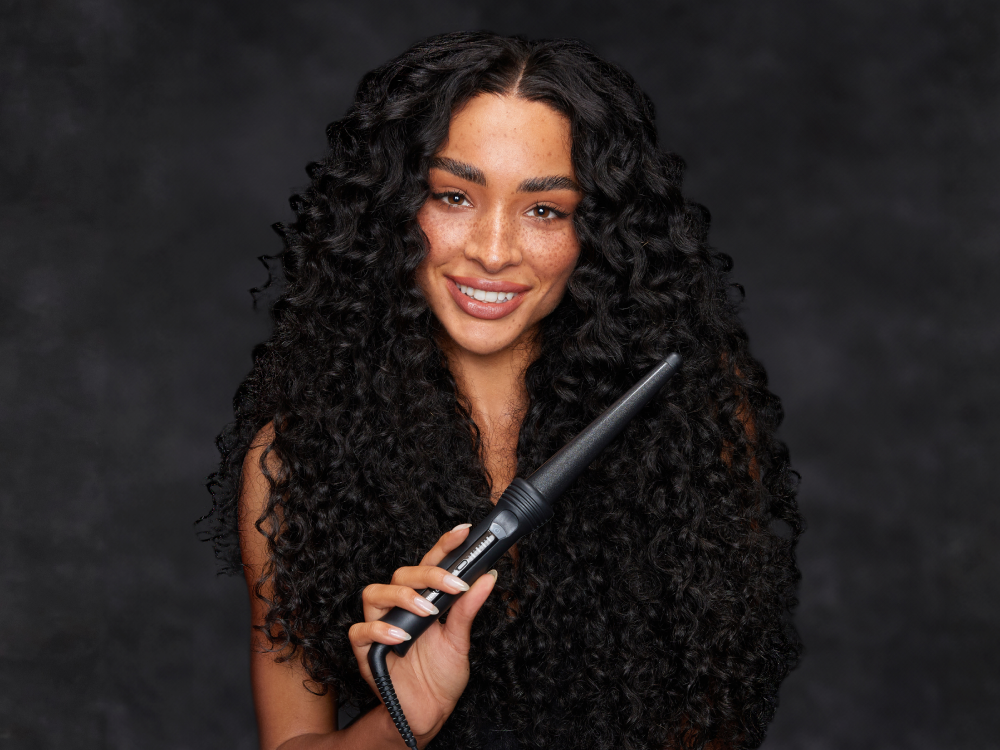
Hair styling tips for type 4 hair
- Shampoo your type 4 hair less frequently, aiming for every 2 to 3 weeks for type 4c hair to maintain the perfect moisture balance.
- Apply moisture cream followed by a light oil to moisturise hair, layering lightly for best results. You could also try natural oils like avocado oil, jojoba oil, and sweet almond oil to lock in moisture. Coconut oil is great for deep penetration of the hair shaft and scalp health.
- Use our Temperature Calculator to determine the ideal heat setting for styling your type 4 hair.
- Sleep with a silk pillowcase to minimise friction at night, and use silk scrunchies at bedtime or during the day for a low-snag styling option.
- If you have type 4c hair, check out our blog for tips on how to style and care for your coils.
As a hair educator, there’s nothing I love more than seeing people get to know their hair and become more confident about haircare and styling. Whether you have sleek straight hair or bouncy curls, understanding your hair type is the best way to ensure your hair is as healthy and gorgeous as possible. For more unstoppable style tips for every hair type, head to our styling guides.
Get in touch on our socials for hair care and styling tips, or share your own pearls of wisdom: TikTok, Instagram or Facebook.
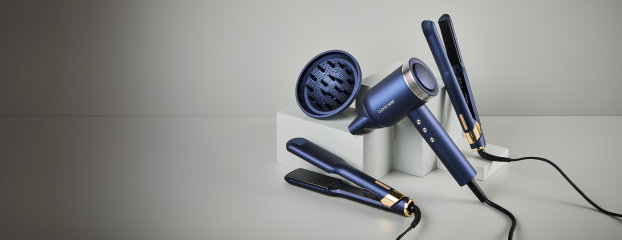
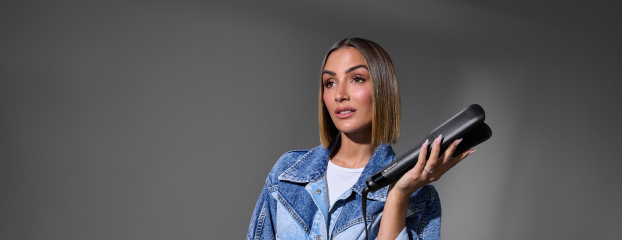
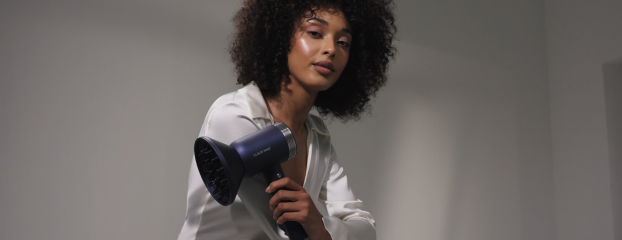
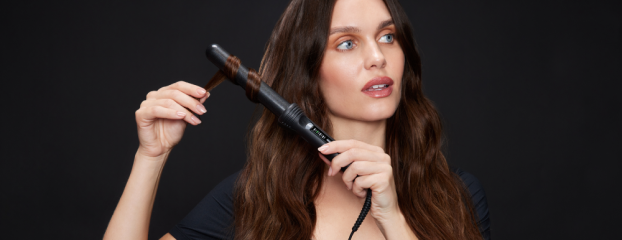
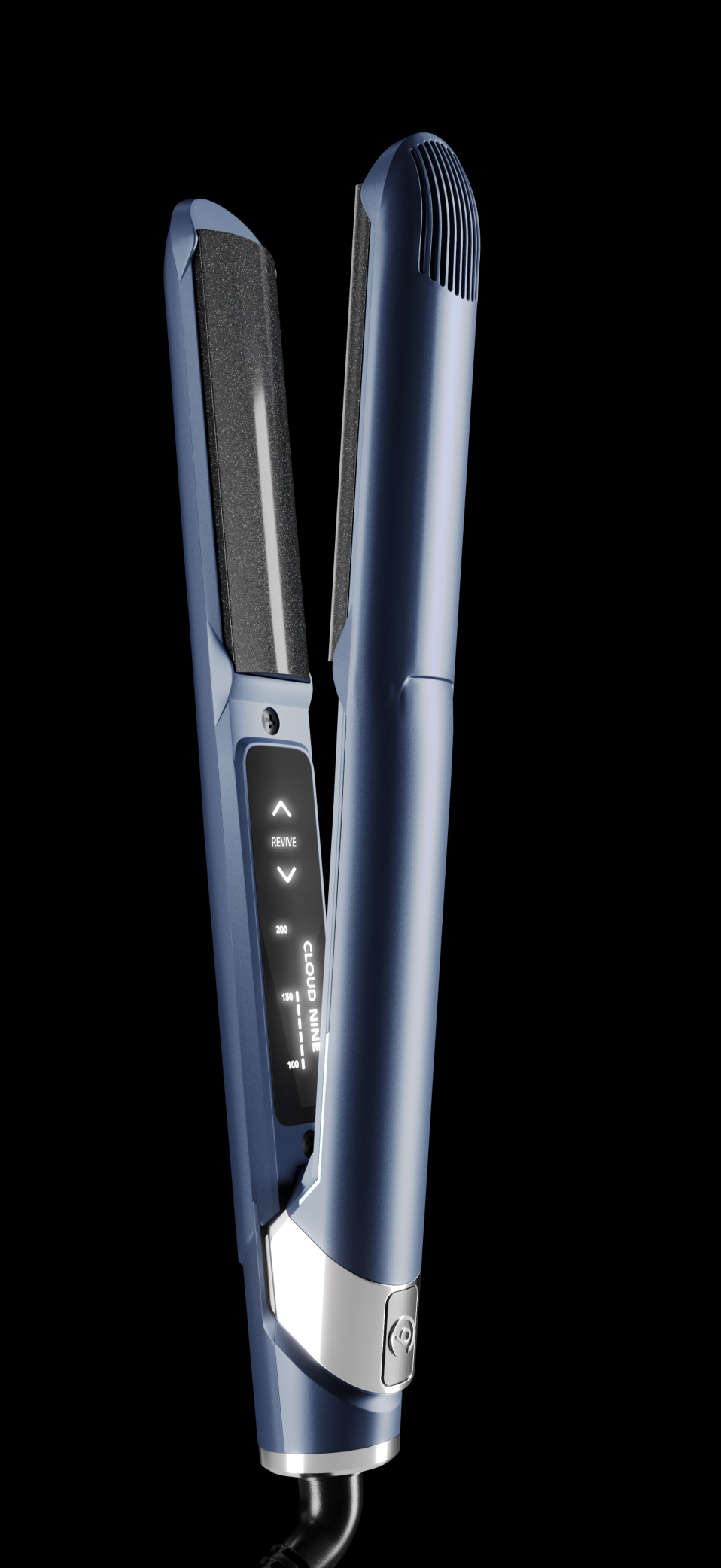
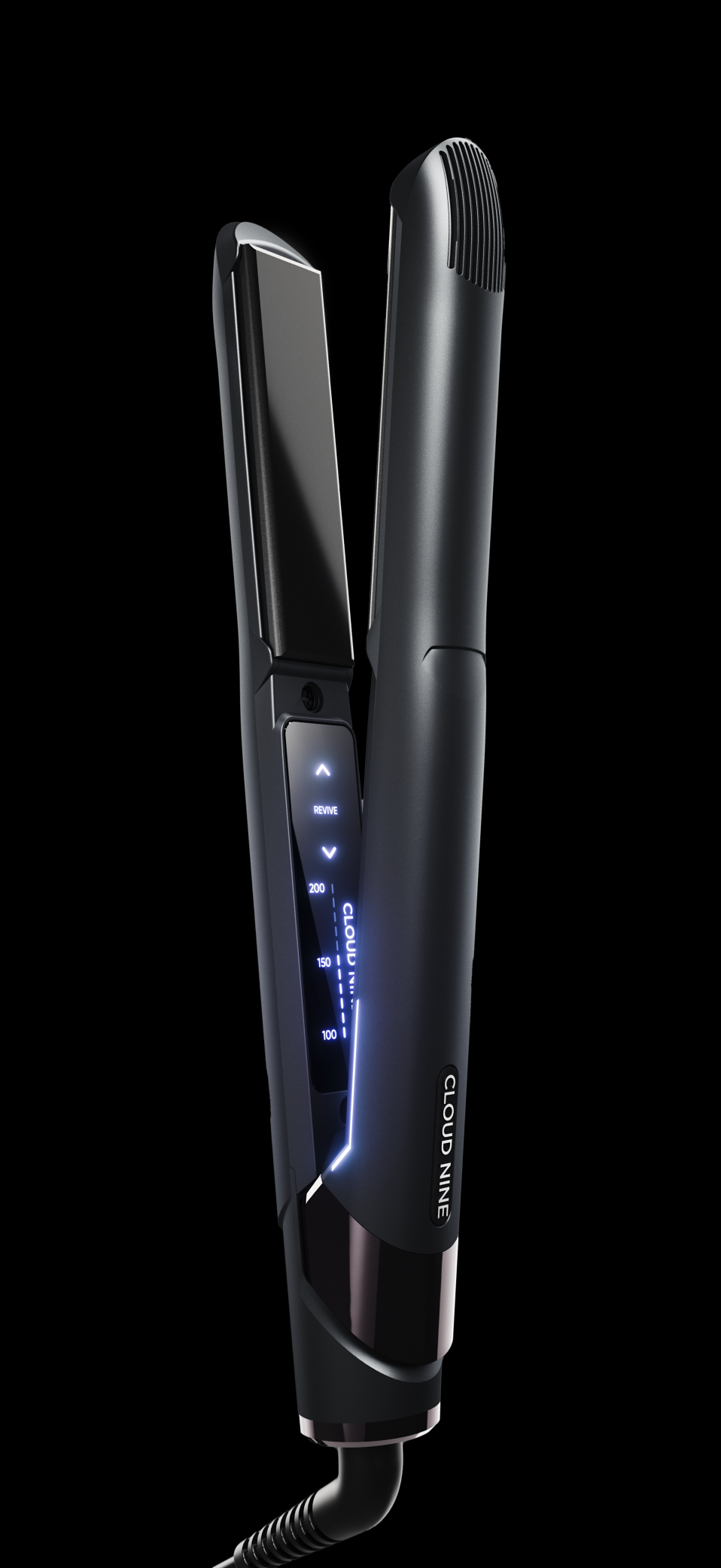
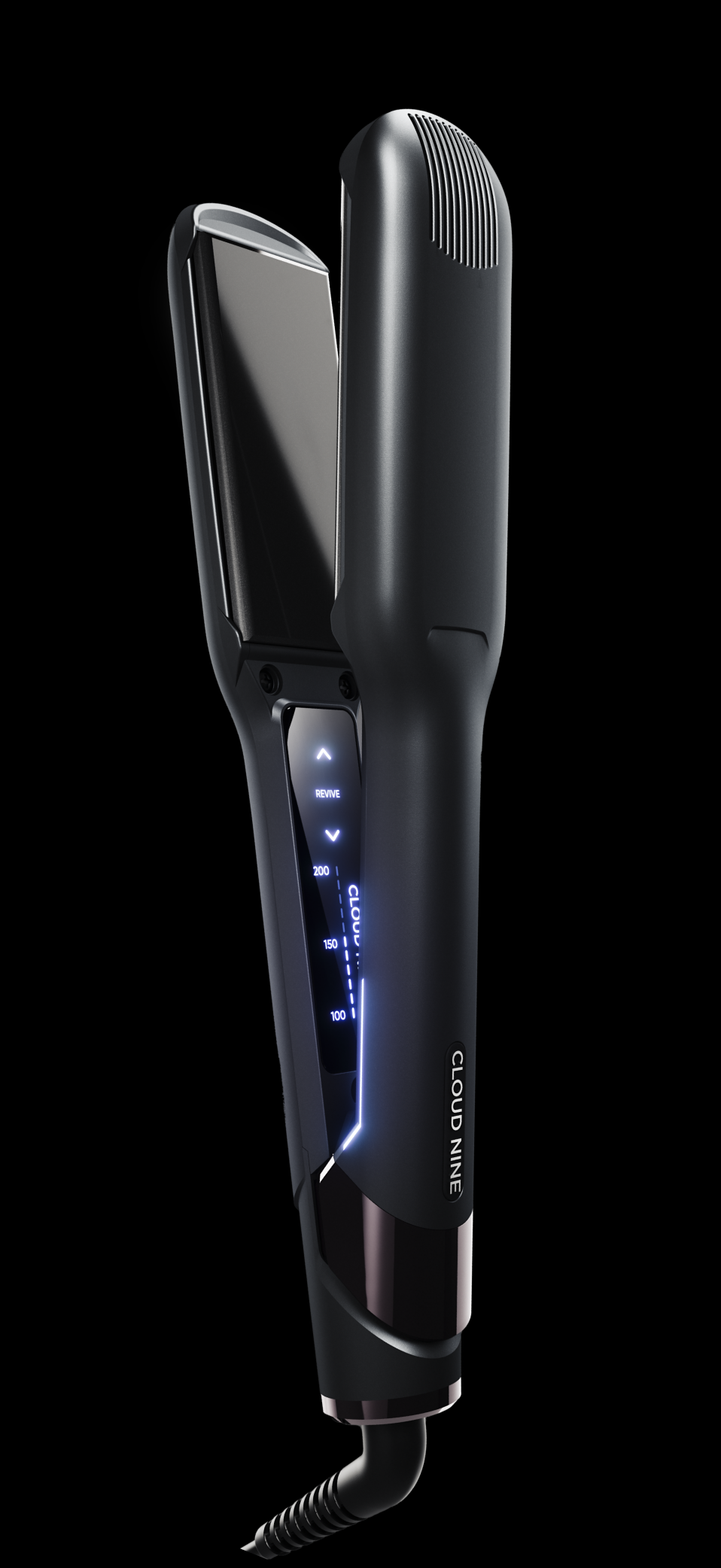
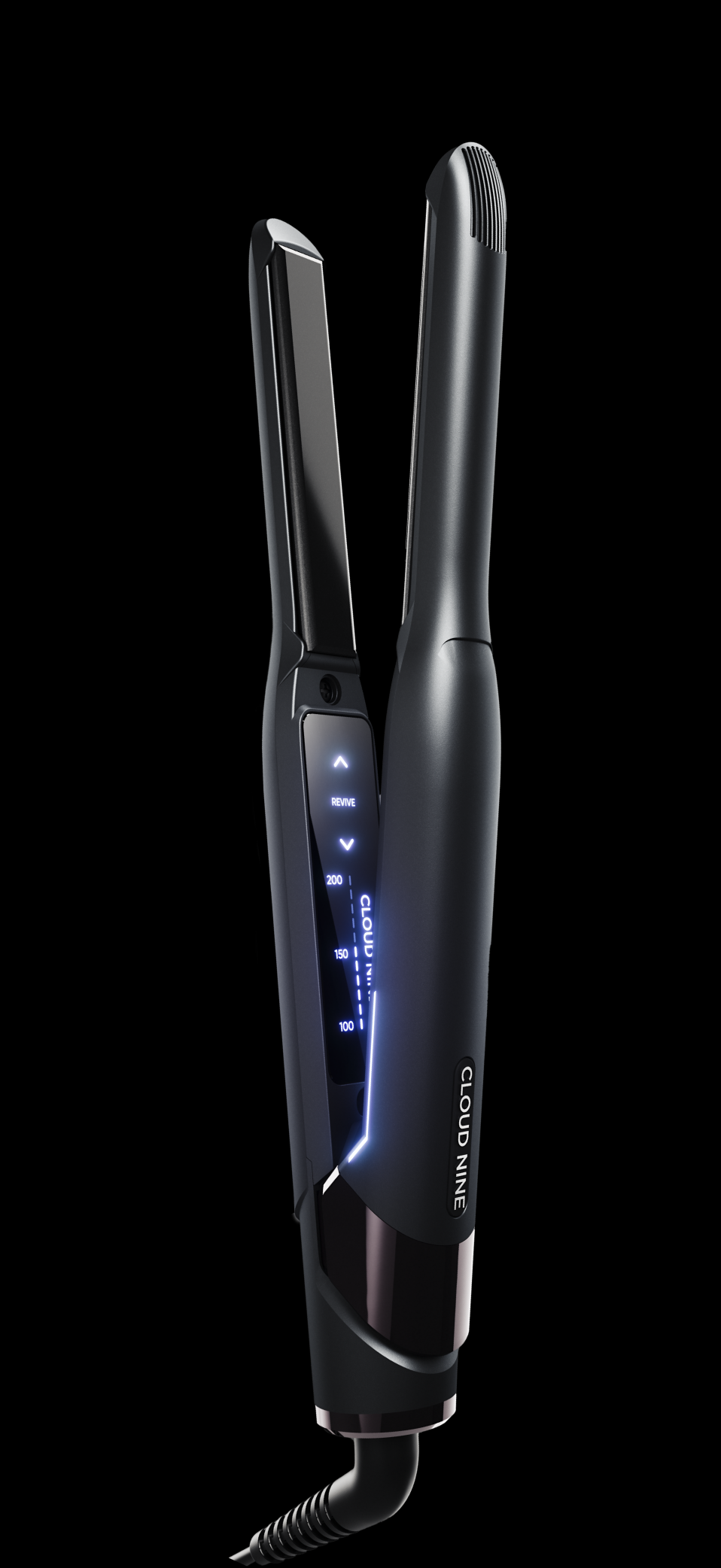
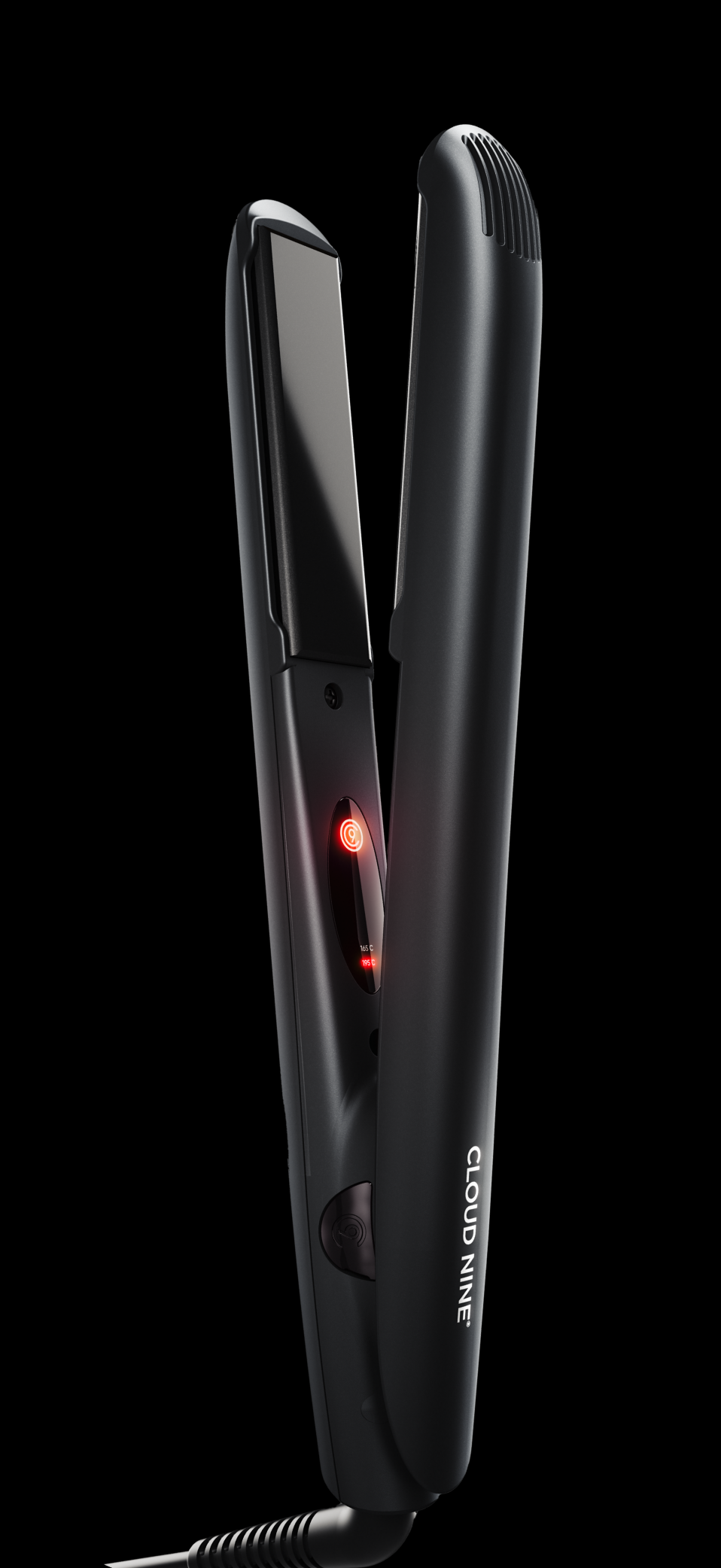
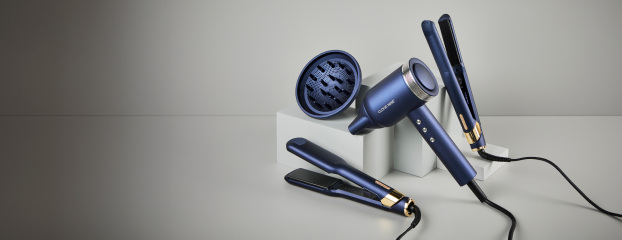
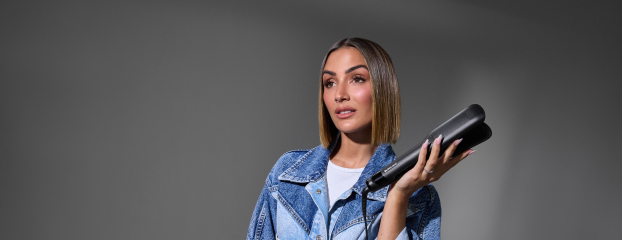
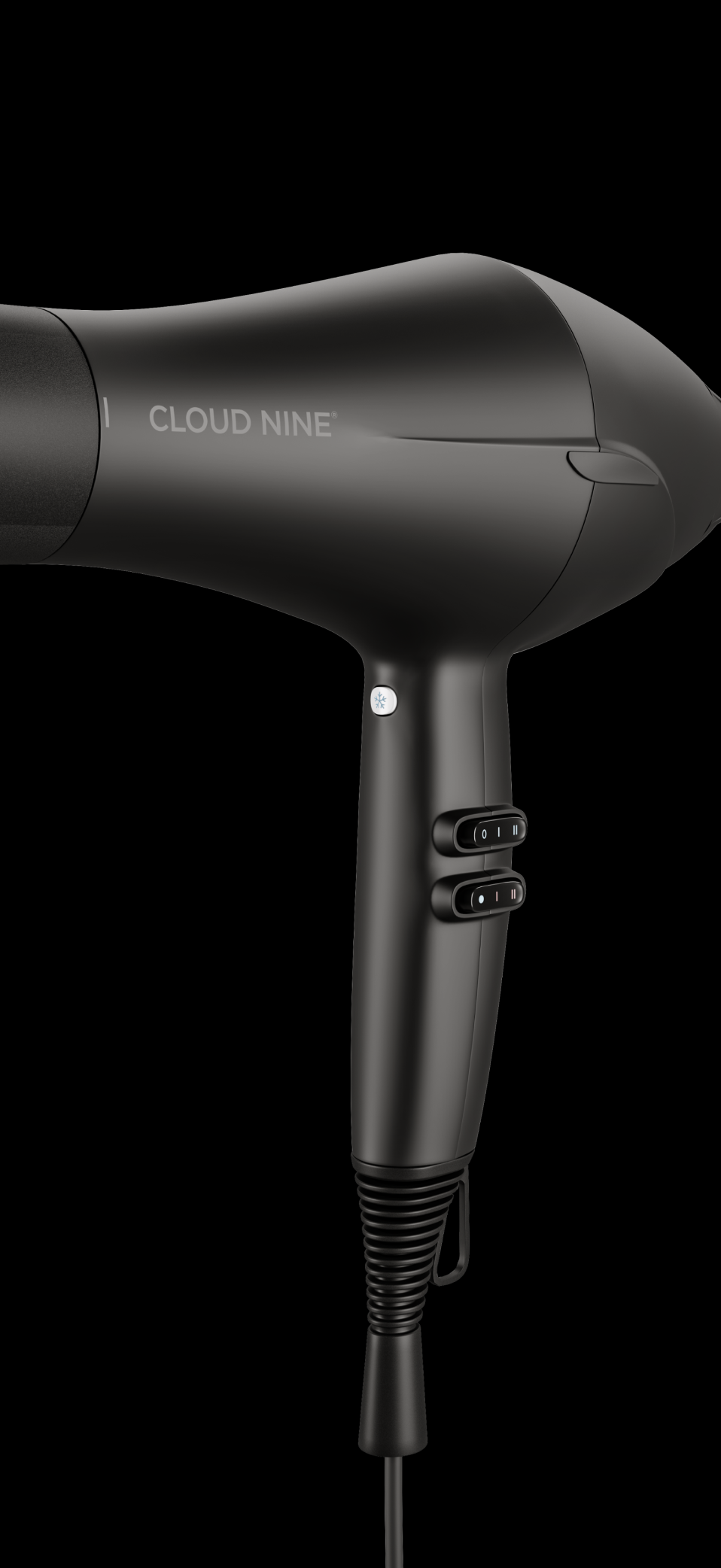
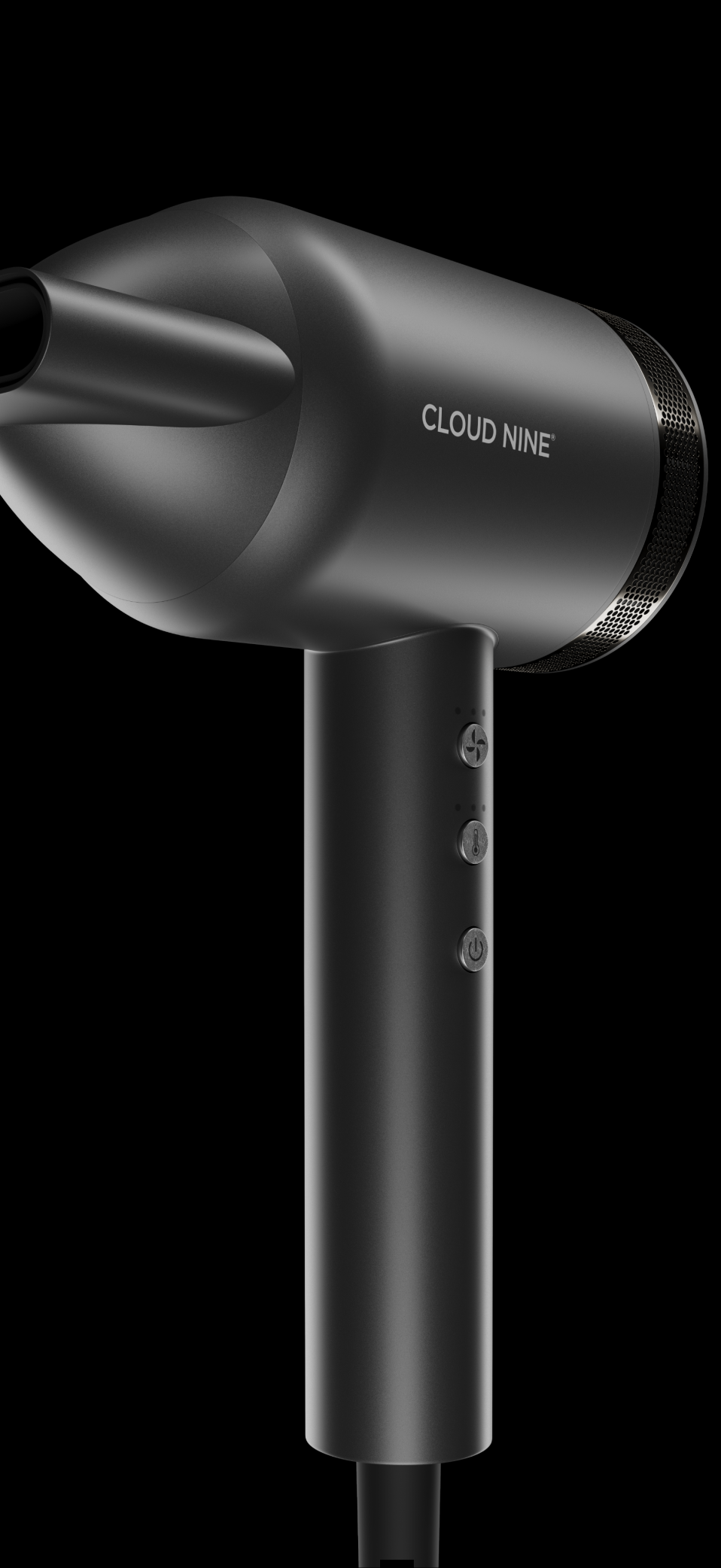
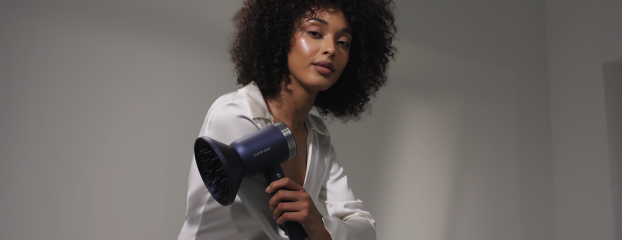
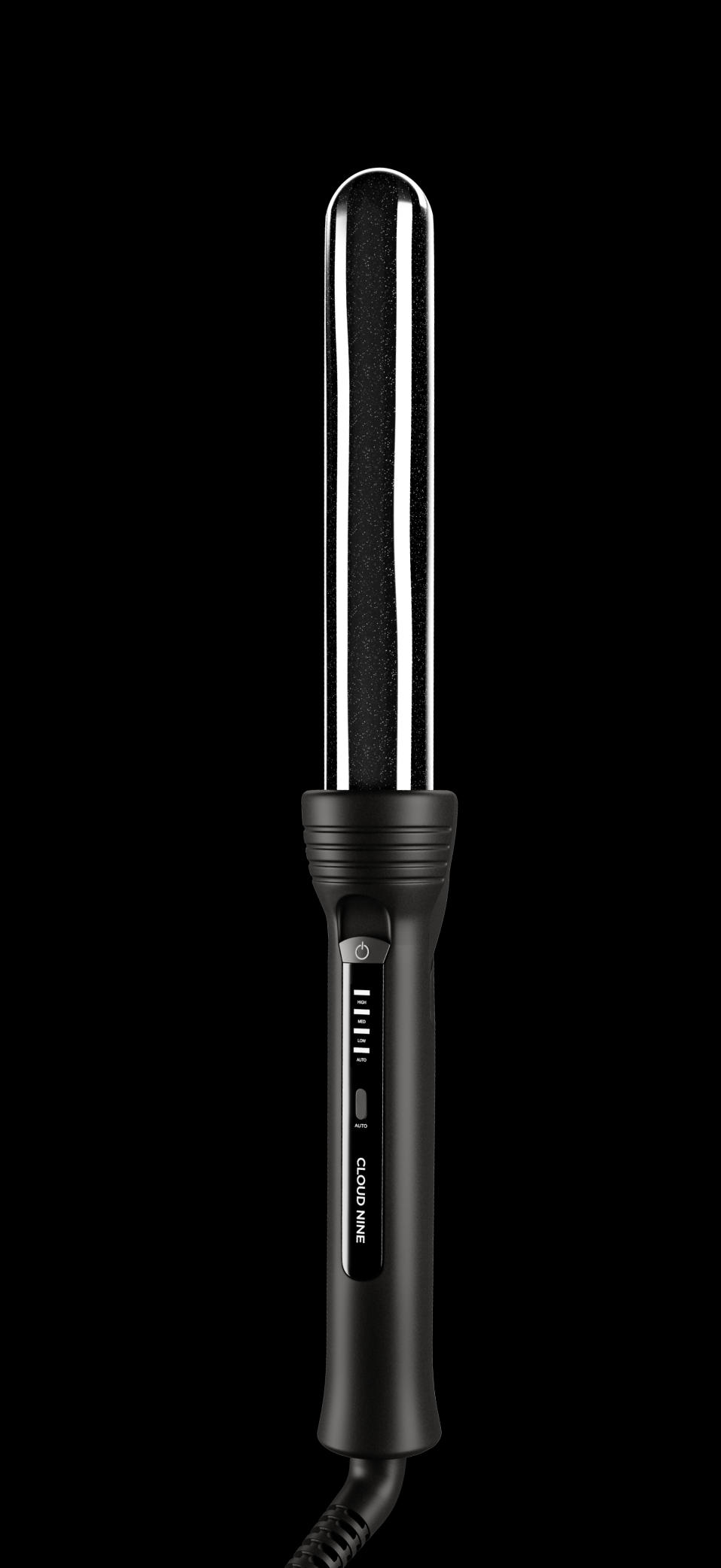
.jpg?v=1689753360732)
